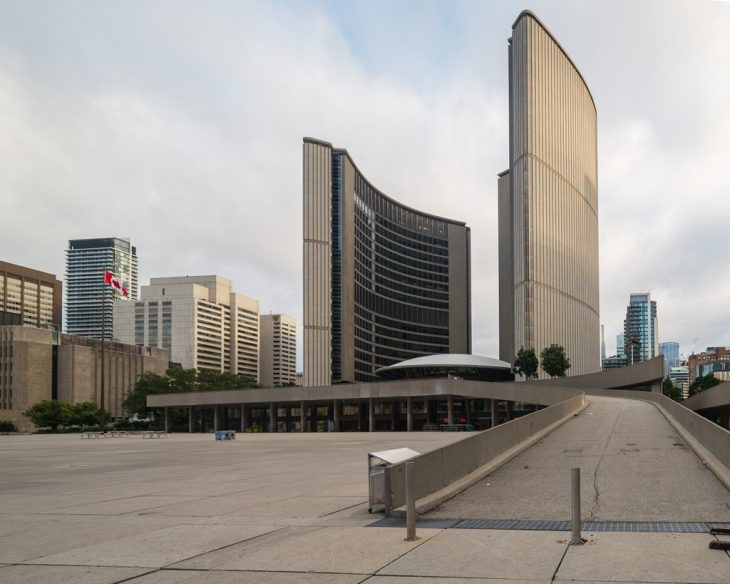
A pilot project using Rogers’s 5G-powered AI technology will be used by the city of Toronto as part of its Congestion Management Plan, which was approved Thursday.
The pilot in Toronto will be conducted in three phases: the first will involve several months of data collection including traffic volumes, pedestrians, cyclists, speeds and congestion levels using 5G-powered AI cameras and sensors at five key intersections around the downtown core; the second will involve analyzing the data to see what improvements could be made; and the third will let AI software work in real-time to adjust signals to alleviate congestion in real time.
The pilot’s AI cameras and sensors will be at the following intersections: University and Adelaide; University and King Street; University and Wellington; University/Front and York Street; and York Street and Bremmer Boulevard.
The smart traffic technology is an extension of the work done by the cable giant through its 5G research partnership with the University of British Columbia, which launched in 2022. The Toronto pilot will represent the first time Rogers will be deploying it in a major urban environment.
Rogers has said that the result of that UBC pilot showed the cameras and sensors could lower congestion at intersections, improve safety and reduce greenhouse gas emissions.
In two weeks of testing, Rogers said the UBC pilot showed a reduction in vehicle delay by 182 hours, pedestrian delay by 93 hours, and a reduction by 2.8 tons of carbon emissions.
The Toronto pilot was hinted at in a CMP report in February, which notes the city’s need for testing new technologies.
“There are a number of new technologies and innovative approaches being considered in the Congestion Management Plan with respect to Artificial Intelligence (AI) with traffic signals, advanced AI based transit signal priority strategies, new areas of automated enforcement including ‘block-the-box,’ illegal parking, and stopping that will require the City to first test the new technologies in City right-of-way in a manner that does not negatively impact traffic,” the report said.
“Transportation Services is also working in partnership with the local telecommunications companies to create a virtual testbed whereby technologies can be physically implemented in the field but tested in a safe, secure cloud computing environment,” the report added.
Rogers has already turned on 5G service for customers at all Toronto subway stations on its way to expanding service to the rest of the TTC track. Other telecoms have already moved to connect to that network to provide service to the broadest swath of people.



